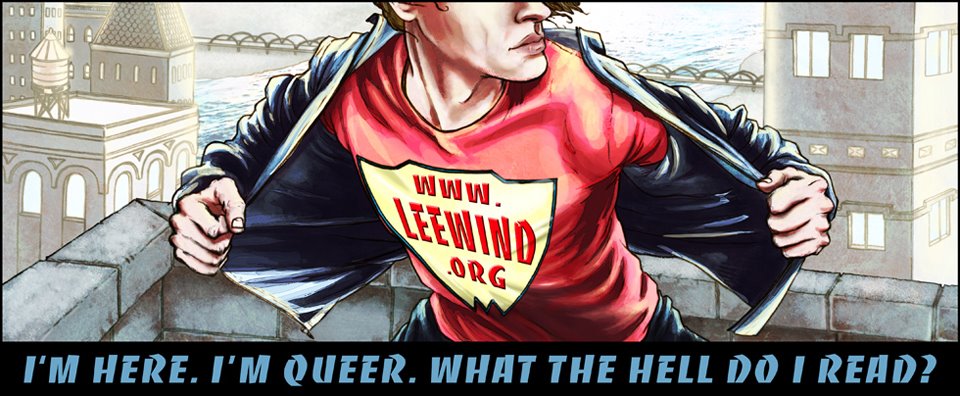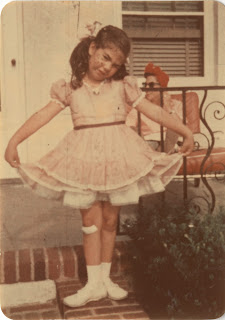 |
| Best-Selling Author, Editor, and #LA15SCBWI Faculty Member Jane O'Connor |
Jane O'Connor has worked at Scholastic, Random House and Penguin where she was president and publisher of mass market children’s books. She still works part time at Penguin Random House as vice president and editor at large. Jane has written more than eighty books for children including the best-selling Fancy Nancy books (HarperCollins), seven of which have hit Number 1 on the New York Times bestseller list. Disney Junior TV is slated to produce a half-hour animated series beginning in 2017. Jane has also written two books for grownups, Dangerous Admissions (Harper, 2007) and Almost True Confessions (Morrow, 2013).
Jane will be on faculty at the upcoming 2015 SCBWI Summer Conference in Los Angeles, July 31-Aug 3, and I caught up with her to find out more...
Lee: What I find so fascinating about your journey so far is that you’ve worked with great success on both sides of the publishing equation – as an editor/publisher and as a best-selling author. What do you feel authors should know about publishing today?
Jane: Although it’s a tough, highly competitive marketplace where publishers are often slimming down their lists in order to give greater attention to every title, editors are hungrier than ever to find something new and wonderful. At Penguin, there have been books from new authors – I’m thinking of DORY FANTASMAGORY from Dutton right now – that are fresh and funny and finding a wide audience. It’s not just recognized name authors and illustrators who are breaking out.
Lee: You’ve written more than 80 books for children, including the hugely successful Fancy Nancy series (seven of the Fancy Nancy books have hit Number 1 on the New York Times bestseller list!) What do feel was the ‘special sauce’ that made Fancy Nancy take off in the way it has?
Jane: Oh mon Dieu (which in French loosely translates to ‘Yipes!’). I really don’t know what the special sauce was that made Fancy Nancy become a hit. I’ve certainly thought about it a lot and the best I can come up with is this: just as practically all little boys like to dress up in towel capes and pretend to have superpowers, I think a lot of little girls are born with a glitter gene. They dress up and follow their own over-the-top fashion instinct in order to be noticed and feel significant. Little girls recognize in Fancy Nancy a kindred spirit. On a less psychological, more practical level, I think my editor Margaret Anastas at HarperCollins was brilliant in choosing Robin Preiss Glasser as the artist. I feel as if it was a match made in heaven. Robin’s pictures are pretty AND funny, a rare combination, although I must admit that when I wrote the first Fancy Nancy story, long before I saw Robin’s initial character sketch, I was imagining a much quirkier style of art. Margaret understood that the books needed to look broadly mainstream and appeal to the child who shops at Target and calls it Tar-zhay. Oh, and one other thing has really resonated with parents and teachers – the fancy vocabulary. I saw it as a fun part of Nancy’s personality, that being fancy would encompass more than just dressing up. But it didn’t hit me that her love of five dollar words would be seen as instructive.
Lee: Fancy Nancy started as a picture book, then had picture book sequels, and has expanded to Chapter Books (and soon to be an animated series!) How did approaching Chapter Books differ for you than writing the picture books?
Jane: Fancy Nancy was actually the first picture book I ever wrote. My natural inclination is to write for an older audience – beginning readers and chapter books. In fact, the first book I ever wrote, way back in 1979, was a middle grade novel called Yours Til Niagara Falls, Abby. With Nancy, I hadn’t imagined writing chapter books until I started getting letters from girls – oh, probably about four or five years ago -- asking if I ever thought about making Nancy older. The reason they asked was that they had enjoyed the FN picture books but were already onto chapter books and wanted to keep reading about Nancy. Margaret and I – and the rest of Harper – thought a series of chapter books was a really fun idea so we tried it and I am about to start writing the seventh one: Nancy Clancy Seeks a Fortune. My approach in writing the longer books differs in two important ways. Nancy is in third grade so she is not as outlandish in her style and in her moods. She is older and a little more tempered. I can dig into what she’s feeling and thinking in a deeper way – I’ve got 128 pages as opposed to the 32 pages in the picture books. Also, the chapter books have black and white illustrations – about forty per book – and so while there is still quite a bit of art, I can’t depend as much on Robin’s pictures to carry the humor of the story.
Lee: Counterpoint between words and images is such a powerful element in picture books, but can be challenging to pull off when you’re not an author who is also illustrating your own words. A moment I loved so much - and remember from reading with my daughter years ago! - was in Fancy Nancy Bonjour Butterfly, when Nancy can’t attend her friend Bree’s butterfly-themed birthday party and Nancy narrates that “When I tell Bree I can’t come, she is heartbroken.” and you see in the illustration that Bree’s fine, it’s Nancy who’s hand is over her heart, it’s Nancy who is so upset!
What’s your best advice for authors for including ‘art notes?"
Jane: It’s so amazing that you bring up that moment from Bonjour Butterfly. (Robin gave me the original artwork of that page and I have it hanging in my living room.) Fancy Nancy is often not a reliable narrator – that’s part of the humor in the books. Another example is in the first book, Fancy Nancy, when Nancy’s family make their stage entrance at the pizza place all gussied up. Nancy comments how everybody probably thinks they are movie stars but from the expressions on the other customers’ faces, readers see a very different reaction, more like “Who ARE these loony people?????”
In the beginning, I would write notes on the manuscripts to indicate to Robin when she should show the opposite of what the text implied. Now I don’t need to do that. She just knows. In general, I think authors should refrain from art notes and only offer them when there is a great discrepancy between what the words say and what the intended artwork is supposed to show.
Lee: As an author, can you share about your writing process – Do you carry around a notebook? Do you outline?
Jane: I should carry around a notebook but don’t and thus, I am forever scribbling down fancy words I overhear on the back of deposit slips and so on. I don’t outline; instead, I will get a broad idea and then jot down notes or thoughts. I email myself a lot.
Lee: As an editor/publisher, you work part time at Penguin Random House as vice president and editor at large. What kind of projects are you looking for?
Jane: At Penguin Random House I would say ninety percent of my time is spent working on a series of biographies that I started about twelve years ago. It’s called Who Was…? and has branched out into What Was…? about important events and Where Was…? about famous landmarks. I also work on Natasha Wing’s Night Before…. paperback picture book series.
Lee: On Friday morning, you’ll be leading a morning breakout workshop on “Pacing In Picture Books.” Is this a hands-on workshop where attendees should bring a draft of their current Work In Progress to play with?
Jane: The workshop on pacing a picture book manuscript is not one where attendees need to bring a manuscript. I want to explain how I approach the structure of a story and try to make it translate in an interesting way on the pages. I want to talk about the process of revising the latest Fancy Nancy picture book and how I’ve needed to rework it because of the way-too-long lead up to the real meat of the story.
Lee: You’ll be giving a Saturday afternoon keynote, “The Genesis of Fancy Fancy: That’s Fancy for ‘How I Thought Her Up.” Can you give us a sneak peek?
Jane: How did I think up Fancy Nancy….I’ll let the picture of four year old Jane speak for me!
Lee: Perfect! You’ll also be leading a Saturday afternoon breakout workshop on “Writing Biographies” – is that focused on writing for your “Who Was…?” chapter book series, or does it apply to picture book, middle grade and YA biographies as well?
Jane: I'll be focusing on chapter book biographies, mainly the Who Was/What Was/ Where Is series but also will speak a little about older biographies (for fifth and sixth graders).
Jane: My favorite piece of writing advice is to eavesdrop. Listen to other people's conversations and you'll pick up the natural rhythm, the fits and start in dialogue. Dialogue is so key in fiction; how a character talks tells so much about who the character is and therefor listening to real people having real discussions or fights has been very helpful. (Plus I am naturally inquisitive -- that's fancy for nosy.)
Thanks, Jane!
To have the chance to learn from Jane directly, join us at the 2015 SCBWI Summer Conference. You can find details and registration information here.
Illustrate and Write On,
Lee
To have the chance to learn from Jane directly, join us at the 2015 SCBWI Summer Conference. You can find details and registration information here.
Illustrate and Write On,
Lee
960.jpg)
















No comments:
Post a Comment